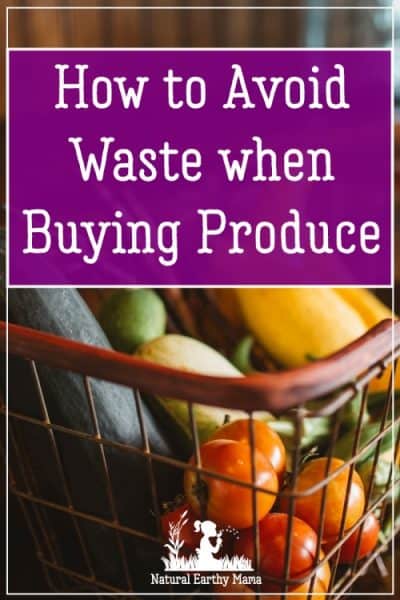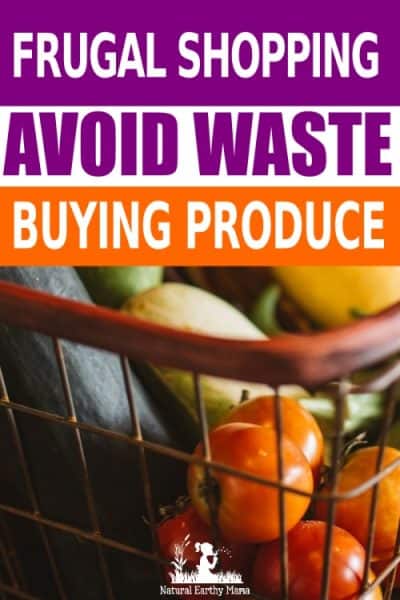 Don’t you just love filling your cart with fresh vegetables and fruit and walking around the food market feeling proud of the healthy choices you are making.
Don’t you just love filling your cart with fresh vegetables and fruit and walking around the food market feeling proud of the healthy choices you are making.
How do you ensure you are buying and storing produce to reduce waste?
Please read: This information is provided for educational purposes only and is not intended to treat, diagnose or prevent any disease. We encourage you to make your own health care decisions in partnership with a qualified health care professional.
This post contains affiliate links, this means at no extra cost to you, we make a commission from sales. Please read
our Disclosure Statement
You feel positive and full of healthy dinner possibilities. But then you get home to find your vegetable draw of your fridge is full of brown, leaking lettuce?
What happens in your house between buying your produce and using it?
Do you have a good system that limits waste of produce and money? It has taken me many years to sort this aspect of my life, especially when you are busy with work and family.
By using these simple tips and tricks you can actually save money and stop wasting food.
Buying your produce:
Make a plan
Prior to leaving the house to go to so the food shop, make a plan. This plan will be the key to saving money, limiting waste, and will ensure you are not buying products that you already have plenty of.
First part of the plan is to look at what you will be cooking this week. I like to plan out each day and work backwards from here.
Meal planning will allow you to know exactly what meals you will be making for the week and what ingredients you will need.
The easiest way of doing this is to use our meal planning program, this does all the thinking for you.
Building a list
Once you have your week of foods planned out, you need to look at what food items you will require to make these foods.
A meal planner like this is my favorite, you can look through your meal choices and make a list of items they require.
Next you need to go to your own fridge and cupboards and cross off any items that you already have in stock. You do not need to buy things you already have.
Now that you have your list, you are now ready to go shopping.
Grab our free printable meal planning sheet here:
Shop online or in store
In this modern day, shopping online has become a normal way of life.
This is a great way of shopping if you do not have a local farmers market or cannot grow your own vegetables (home grown are the best option here, but not always something that everyone can manage).
I find that doing my food shopping online is a great way to ensure you have all the items that you need and it takes away the temptation of buying ‘treats’ that you don’t actually need.
This is also a very good way of knowing exactly how much money you are spending.
I would recommend doing your food shopping online if your local market allows this and you cannot grow your own vegetables or get them from a local farmer.
Amazon Prime Pantry Service
I’ve also recently discovered that Amazon has a Prime Pantry Service.
This Amazon Prime Pantry Service allows your groceries and household products to be delivered to your house.
They provide low prices and deals/coupons.
Very, very handy for us busy folk!
Some of you may get free shipping which is a huge bonus!
Amazon Fresh
They also have Amazon Fresh which allows you to order all your fresh foods – including meat and vegetables!
An amazing service, delivered to your door.
I order my food online and it saves me a lot of time! It also allows me to track my shopping cart so I stay within my budget.
RELATED POST: Healthy lunch ideas
Packaging
If you do go into the store to do your shopping, think about the types of bags you are using.
Many stores are now going plastic free and you are encouraged to take re-usable bags into shops.
You can also opt to use paper rather than plastic or make your own bags out of recycled materials.
Expiry dates
When choosing your foods items, be sure to look at expiry dates. If you cannot use the item within the expiry date, do not buy it.
Look for a longer lasting expiry date. This is a sure way of saving money as you will not need to replace the item if it lasts a few days longer. Milk is a perfect example of this.
I do not use much milk, so I always reach into the back of the fridge and take the longest lasting expiry date as I know that if I do not do this, then my milk goes to waste due to the fact that I cannot use it before it expires.
Small things like this, will save you money.
Bringing your produce home
You have just arrived home with your boot load of healthy foods. The choices you make next will allow you to limit wastage by setting yourself up for success.
Preparing & Sorting
In order to make your foods easily accessible so that you actually use them throughout the week, you need to prepare and sort them.
The first thing I do is lay all of the produce out on the bench – at this point tell yourself “well done me! I have taken the first step to eating healthy this week!”
This positive self talk may seem silly, but it is very important to praise yourself around the good habits you want to establish.
Next, set up your sink by putting about 1:4 ratio of white vinegar to water into the sink (Fill to about 1/3 of the sink).
You are going to soak all your fruits and vegetables for up to 10 minutes in this mixture – why? you may be wondering… it is the best way I know how to remove as much pesticide off of the vegetables as possible.
Once they have soaked, give them a rub down and rinse under cold water – check out the condition of your sink water… it is not good!
Now you will want to dry your produce and prepare any foods that you are using in the next couple of days, then store them.
Sorting and Storing
Look at your meal plan list and work out what you can cut up and prepare for the next day or so e.g. can you wash and cut some lettuce or spinach up for the salad tonight etc.
Prepare as much as possible, however please be careful as some foods do not last more than a day when they are cut up (they tend to go mushy).
Now you will store the remaining produce in your fridge and cupboard. It is a great idea to get fridge friendly storage containers (with lids) – glass if possible.
I always put a natural paper towel or a bamboo cloth in the bottom of my containers to take any extra moisture from the vegetables.
This will keep them fresher for longer. You want to organize your fridge so that you can see everything and so that everything is accessible. I usually put similar items together too.
I put the smoothie ingredients stacked on top of each other, and the salad ingredients stacked in another pile.
This way you can grab a stack of containers, take them to to bench and return them when down.
One thing I wish I knew earlier, is that somethings keep best in the fridge, and somethings don’t.
If you are unsure where to keep things, think back to where you took them from in the produce section.
If they were in a fridge, then those items need to be in your fridge. If they were on the shelf, these items need to go in your cold store or your pantry.
My one exception to this would be tomatoes – yes they last longer out of the fridge, but I love my tomatoes cold. So, I always keep them in the fridge.
Reducing waste
What do you do if you open the fridge and you notice that something is starting to turn brown?
First of all, because you will be visiting the fridge for every meal you are cooking, you will be able to monitor this each day so that you get to foods quickly.
There are many things you can do to save the foods that are starting to turn brown.
Please know that if foods are turning brown, this is a good thing. It means that they are natural and are not filled with preservatives.
Your first option is to eat the food. If it is lettuce, spinach, well any kind of salad food – I would add a salad to your next meal and eat it up.
Salad foods are so good for you and the more you eat of these the better.
If it is a vegetable such as cabbage or pumpkin, where the ‘browning’ is only on the surface at this stage, you can simply cut the brown part off and use the rest of the undamaged produce.
If the vegetable has gone limp – this often happens to broccoli or carrots if they are not stored well, then you can blanch them in boiling water for 2-3 minutes, then freeze them.
If you are in a crisis and it looks like a lot of your food items are going limp or brown (first of all I’d suggest you look at the temperature of your fridge or the way you are storing the vegetables to prevent this happening again), I would suggest making a vegetable soup.
Soups are very good for your gut health and it is a very good way of using up foods that may be less fresh.
Reducing waste by buying and storing produce effectively
By following these tips you will ensure that you are only buying what you need, limiting waste, and ultimately saving money while you eat your way to a healthier you.
This is win, win!
Please share!

